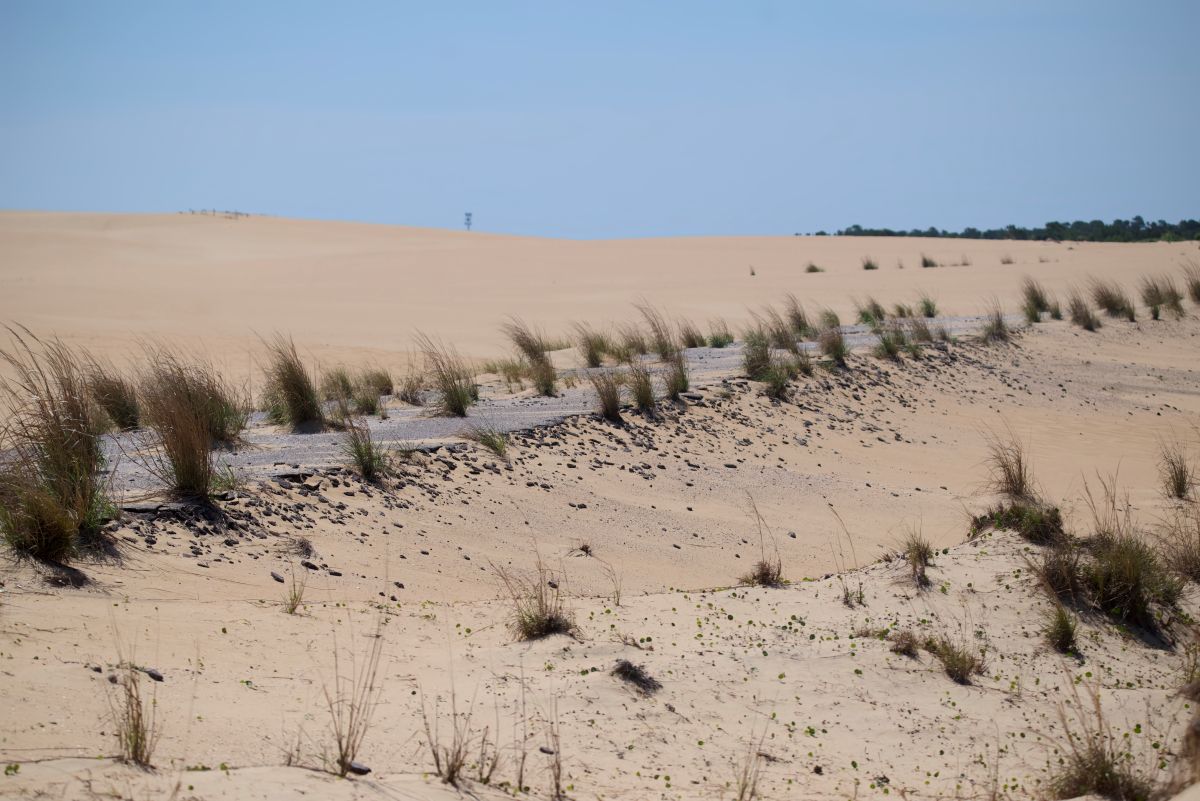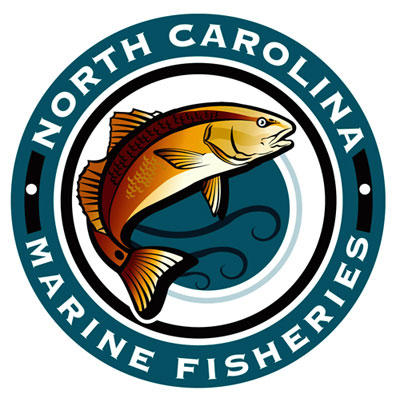
NOAA Fisheries is seeking feedback on seven draft Climate Regional Actions Plans, including one that addresses North Carolina, on how to make fisheries and protected resources more resilient to climate change.
NOAA Fisheries, also known as the National Marine Fisheries Service, is an office of the National Oceanic and Atmospheric Administration, or NOAA, within the Department of Commerce.
Supporter Spotlight
Developed by NOAA Fisheries Science Centers and Regional Offices with input from many other sources, the plans “are part of our proactive approach to increase the resilience and adaptation of marine life and the people who depend on them,” officials said.
The draft plans are three-year, coordinated, cross-agency efforts to increase implementation of the NOAA Fisheries Climate Science Strategy in the Northeast, Southeast, Pacific Islands, West Coast and Alaska regions. Public comment will be accepted until June 2 on the plans. Access the comment portal to submit comments.
“Our climate and oceans are changing — many areas around the world are experiencing changes in the distribution and abundance of marine resources associated with changing climate and ocean conditions,” Janet Coit, assistant administrator for NOAA Fisheries, said in a statement. “Building on our existing efforts, the Regional Action Plans will help provide decision-makers with the information and tools they need to prepare for and respond to changing climate and ocean conditions.”
The Draft Southeast Regional Action Plan To Implement The NOAA Fisheries Climate Science Strategy In 2022 – 2024 includes the South Atlantic, Gulf of Mexico/Caribbean Regional Action plan. The southeast United States continental shelf and its coastal region encompasses an area from Cape Hatteras to Key West, Florida.
Officials are interested in input on the clarity of the goals and activities, ways to strengthen the plans, and what additional goals and activities need to be addressed.
Supporter Spotlight
The proposed actions will help track changes, assess risks, provide early warnings, and evaluate management strategies for changing conditions in each region.







